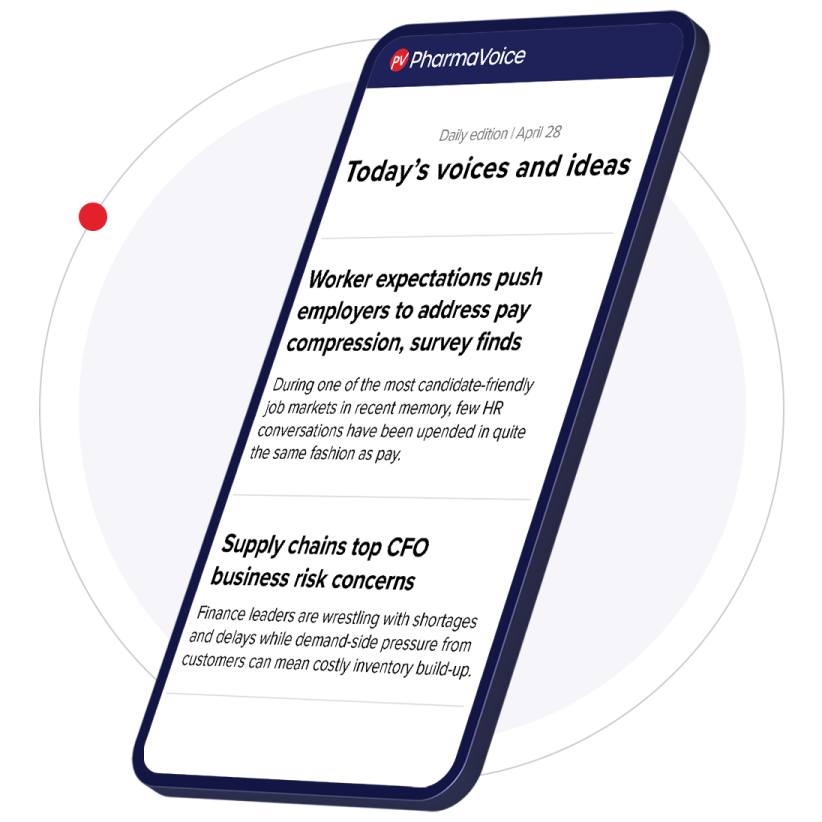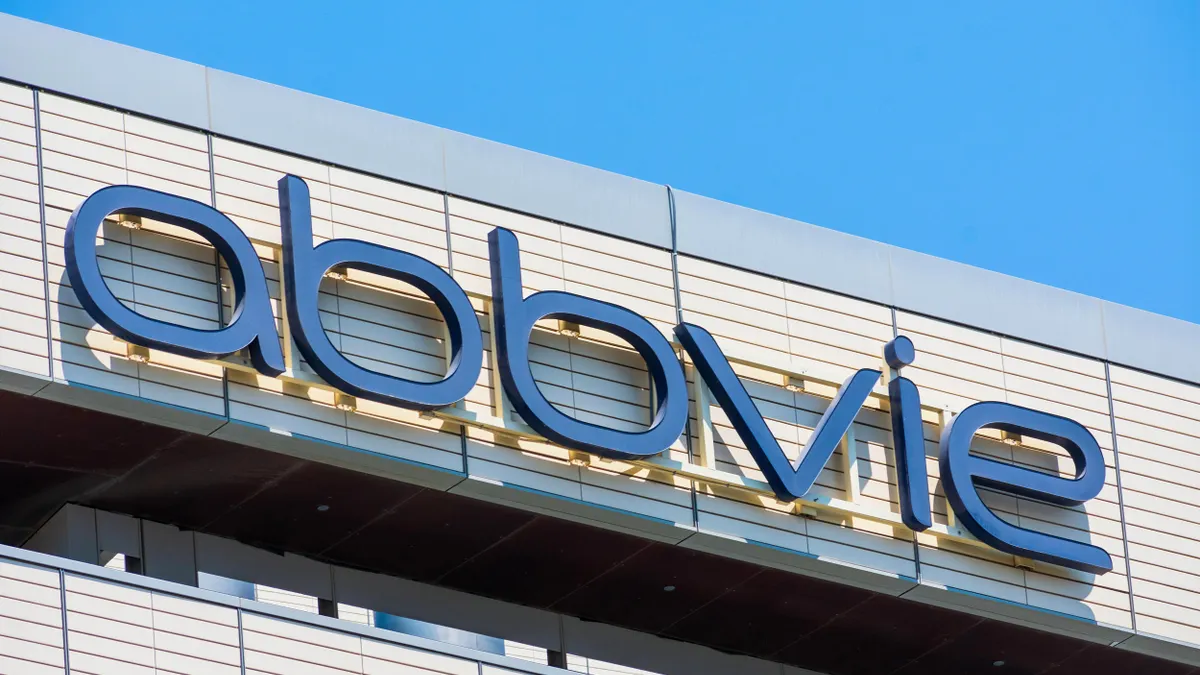Since taking the reins at HHS, Robert F. Kennedy Jr. has promised “radical transparency” from the nation’s top health regulator. It’s now becoming clear what that approach will look like.
Last week, the agency published 200 complete response letters sent to pharma companies for drugs that were later approved.
Releasing these kinds of documents at one time in one aggregated place isn’t typical for the FDA.
“It hasn’t happened in the past,” said David Rosen, who worked at the agency from 1978 to 1992 and is now a partner at Foley & Lardner.
The move could pave the way for litigation against pharma companies.
Complete response letters indicate the FDA is delaying approval for drugs due to deficiencies — normally related to manufacturing, safety or efficacy — that were uncovered during application review. The publication of this many CRLs is not only a “significant departure from past practice,” in some instances — it may also “be unlawful,” attorneys from King & Spalding recently wrote.
Instead, the public typically learns about CRLs from statements by pharma companies, which, if they’re publicly traded, are bound to reveal any “material information” that could impact investor decisions, Rosen said. But bad news can trigger a drop in stock prices, and companies often guard the details of CRLs.
“Investors get very antsy when they believe companies have not been forthcoming with information that should have been disclosed."

David Rosen
Partner, Foley & Lardner
Now, the curtain has been lifted, and while some of the CRLs were made public when the drug was approved, others were not.
The agency stated it wanted to provide “significantly greater insight into the FDA’s decision-making and the most common deficiencies cited.” But a press release also seemed to “invite” trolling by plaintiff lawsuits for “information that may help them bring shareholder lawsuits or products liability lawsuits, however unwarranted,” King & Spalding wrote.
“Because the FDA has historically refrained from publishing CRLs for pending applications, sponsors often misrepresent the rationale behind FDA’s decision to their stakeholders and the public,” the FDA stated.
Could the release of CRLs bring this tension between public and guarded information to a head and trigger a wave of litigation against the industry? It’s a possibility, according to several attorneys.
Transparency’s ‘mixed bag’ for pharma
While litigation against life sciences companies for securities fraud dropped for a few years, the rate ticked up slightly in 2024 and returned to its pre-2020 level of about 45 annually according to Sara Brody, a securities and shareholder litigation partner with Sidley. It’s too soon to know if the rate will stay that high, but life sciences companies are generally a “substantial portion” of the roughly 180-220 publicly traded companies that get sued for securities fraud each year.
If plaintiff lawyers sift through the recently published CRLs for litigation opportunities, they’ll be on the hunt for discrepancies in what pharma companies were told by the FDA and what they revealed to the public, a potential lag in when companies disclosed the CRL — or any other factors that could have misled investors, Rosen said.
“It wouldn’t surprise me if someone tried to represent a class of investors for stock that went upside down from what companies disclosed,” Rosen said.
But even with this potential treasure trove at plaintiff lawyers’ fingertips, it may be too late to act on information revealed in the CRLs, some of which are now decades old.
“Sometimes if you don’t bring a suit in a timely manner, it will have no legs at all,” Rosen said.
That doesn’t mean pharma should breathe a sigh of relief. Anytime the agency publishes a CRL, Brody said companies should review the documents carefully to ensure sensitive information isn’t revealed.
“Companies have to be attentive to both this batch of releases and any subsequent releases of CRLs to make sure there are no mistakes by the FDA in the process of reviewing for sensitive and confidential information and that … the [documents] are being properly reviewed so confidential and trade secret information is redacted,” she said.
The FDA indicated it could publish more CRLs down the road, but Rosen said the calculus for companies deciding what they tell the public hasn’t changed.
“I have always advocated that companies disclose information, whether good or bad,” he said. “Not necessarily all the substance [of CRLs] — but certainly enough so the public can have an understanding of what could have a material impact.”
And although CRLs provide a “snapshot in time” of the drug development process, Rosen said the FDA’s “laudable goal” of offering a window into its thinking could be useful for the industry.=
“We struggle at times to understand [the] FDA’s insight into particular development programs,” he said. “This information can provide thought-provoking insight into how to develop a particular product and avoid issues from the past.”
Still, with this new threat of lawsuits, Rosen said the overall impact of the FDA’s “new paradigm for transparency” is currently a “mixed bag” for pharma, and that he’d rather see the agency offer general information on deficiencies through guidance documents.
Going forward, Rosen said he’ll be watching to see if the FDA publishes CRLs for drugs that have not yet been approved, which could potentially open the door to pushback or lawsuits from pharma companies.
And if the FDA continues its push to release aggregated documents, Rosen speculated the agency could consider publishing Form 483s, the warning letters companies receive when quality issues are uncovered at manufacturing facilities after an inspection. Although the agency already publicly discloses 483s, sometimes there’s a lag between when the letters are sent to companies and when they’re published.
“Investors get very antsy when they believe companies have withheld information or have not been forthcoming with information that should have been disclosed,” he said.

















